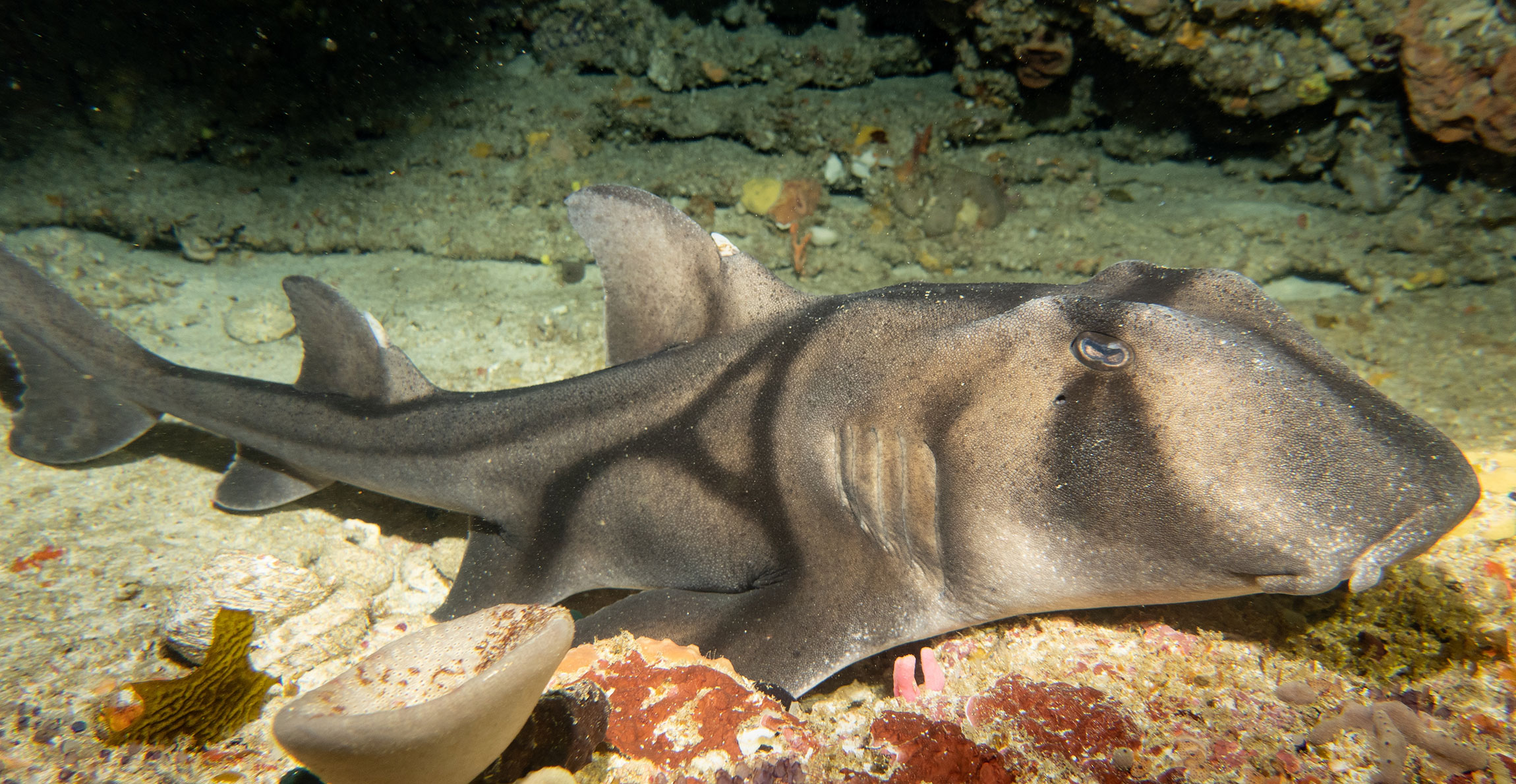
A Triocular Hunter from Antiquity: Mosura fentoni Transforms Our Understanding of Early Arthropod Development
Researchers have made an astonishing revelation from the primeval seabed of British Columbia’s Burgess Shale fossil formations: Mosura fentoni, a newly recognized species of marine predator that challenges established views on arthropod evolution. Captivating not only through its physical characteristics but also its significance for evolutionary science, the 506-million-year-old organism has astonished scientists with traits akin to those seen in contemporary arthropods like insects, woodlice, and horseshoe crabs.
Small in stature, yet monumental in implications, Mosura fentoni’s rare blend of three eyes, clawed limbs, and specialized respiratory structures exhibits an unforeseen level of complexity within one of the earliest branches on the evolutionary tree. This discovery contests prior assumptions regarding early arthropod morphology and illuminates the ancient roots of features still evident in their modern relatives.
An Extraordinary Anatomy: The Heritage of Tagmosis
Named after Mothra—a fictional Japanese creature inspired by actual insects—Mosura fentoni was part of the now-extinct category of marine hunters known as radiodonts. This classification includes the well-known Anomalocaris, another Cambrian predator that once dominated ancient ocean environments. However, unlike its kin recognized for their relatively consistent body segments, Mosura defies tradition.
What makes Mosura particularly intriguing is its unique body configuration. Its structure is divided into four highly specialized sections:
– A head featuring three prominent eyes, facilitating visual hunting,
– A flexible neck,
– A midsection with broad swimming flaps for locomotion,
– A posterior consisting of 16 closely grouped segments, each equipped with respiratory structures called gills.
This arrangement exemplifies an early case of tagmosis—the evolutionary mechanism by which body segments are organized into distinct functional zones—an essential advancement in the success of modern arthropods.
“Mosura’s anatomical design reveals an unexpected degree of complexity at such an early stage in arthropod evolution,” stated Dr. Joe Moysiuk, Curator of Palaeontology and Geology at the Manitoba Museum and lead author of the study published in Royal Society Open Science. “It’s evident these organisms were already exploring body specialization much earlier than we anticipated.”
A Glimpse into the Inner World of Cambrian Organisms
The unique fossilization conditions of the Burgess Shale afforded researchers access to remarkable internal details seldom preserved in fossils over half a billion years old. Utilizing these well-maintained specimens—some archived for nearly 50 years in museum collections—scientists could investigate not only the external shell but also internal organs and systems.
Among the most remarkable discoveries were:
– Neural traces suggesting bundles of nerves linked to the eyes, pointing to complex visual processing.
– A preserved digestive system illustrating how Mosura sustained its predatory behavior.
– Circulatory components resembling lacunae—blood-filled spaces typical of open circulatory systems—providing rare insights into early animal physiology.
“Fossil locations like the Burgess Shale are extraordinarily rare. We’re uncovering not just structures, but insights into how these organisms might have lived and interacted,” remarked Dr. Jean-Bernard Caron, Co-author and Curator at the Royal Ontario Museum (ROM). “This degree of preservation creates a completely new perspective on early animal life.”
An Ancient Template Shared with Current Arthropods
Although separated by eons, Mosura possesses several significant features in common with its modern relatives. Its posterior anatomy, especially the clustered gill structures, mirrors configurations seen in horseshoe crabs, insects, and woodlice. Researchers suggest these similarities indicate an evolutionary convergence—where unrelated lineages develop analogous traits due to similar environmental challenges.
“Mosura’s gill arrangement illustrates that specialized respiratory segments came into existence much earlier than we believed,” Moysiuk elaborated. “It’s astounding to observe parallels of a modern insect’s anatomy in a creature over half a billion years old.”
Of Claws and Fangs: A Terrifying, Finger-Sized Hunter
In spite of its modest dimensions—approximately the length of a human index finger—Mosura fentoni was a formidable predator of the Cambrian oceans. Its toolkit included articulated, spiny claws for seizing prey and a circular, tooth-lined mouth designed for crushing small marine organisms.
These adaptations imply an agile lifestyle, possibly involving swift swimming and ambush predation. Its triocular visual system would have been instrumental in accurately spotting and pursuing prey in the dim, shallow waters of the Cambrian ocean floor.
Value Concealed in Museum Repositories
The comprehensive study examined 61 Mosura specimens—remarkably, all but one had been stored for a long time or recently acquired by the Royal Ontario Museum. The fossils were sourced from various Burgess Shale locations within Yoho and Kootenay National Parks between 1975 and 2022.